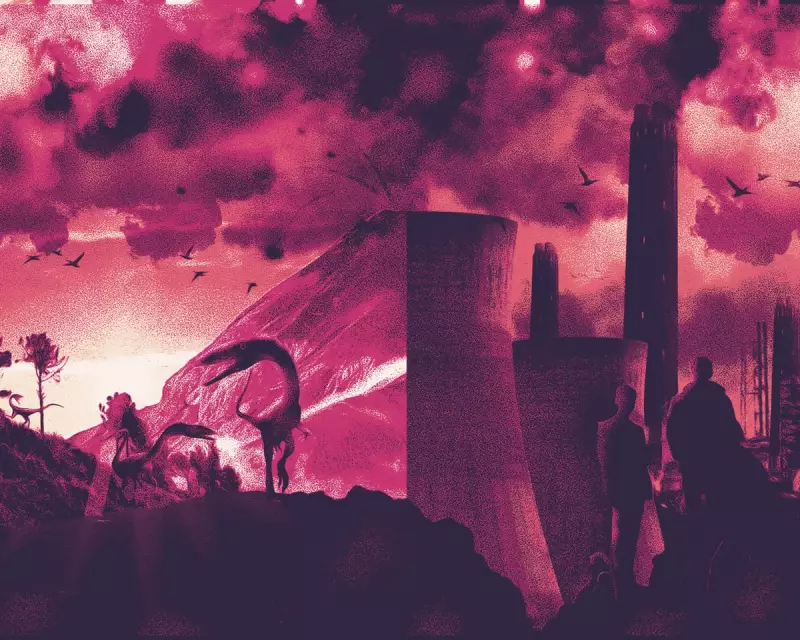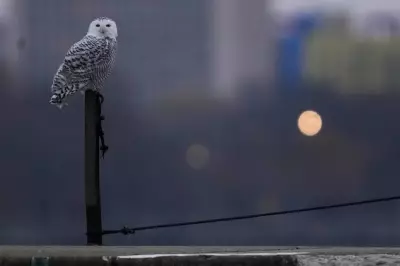
Human activity is driving the planet towards a catastrophic tipping point, with experts warning that we may be on the brink of the sixth major mass extinction in Earth's history. The relentless destruction of ecosystems, pollution, and climate change are combining to create what some scientists describe as a 'climate of unparalleled malevolence'.
The Accelerating Crisis
Recent studies show species are disappearing at a rate 100 to 1,000 times faster than natural background levels. From rainforests to coral reefs, vital habitats are being destroyed at an alarming pace, leaving countless species without homes or food sources.
Key Warning Signs:
- Insect populations have declined by 45% globally in just four decades
- Vertebrate populations have shrunk by an average of 69% since 1970
- Nearly 1 million species face extinction in coming decades
Humanity's Role in the Crisis
The current extinction wave differs from previous mass die-offs in one crucial aspect: this time, a single species - humans - is the primary driver. Our insatiable demand for resources, coupled with unsustainable agricultural practices and fossil fuel consumption, has created a perfect storm for biodiversity collapse.
Is There Still Time to Act?
While the situation appears dire, conservationists emphasize that meaningful action could still mitigate the worst effects. Protecting remaining wilderness areas, transitioning to renewable energy, and adopting sustainable consumption patterns could help slow the extinction rate.
As one researcher starkly warned: 'We are the architects of this crisis, but that means we also hold the tools to change course - if we act with urgency.'





